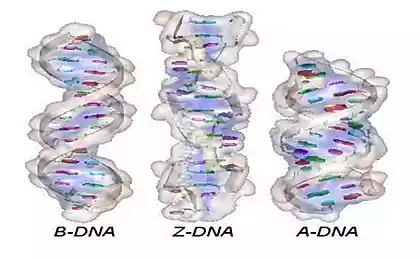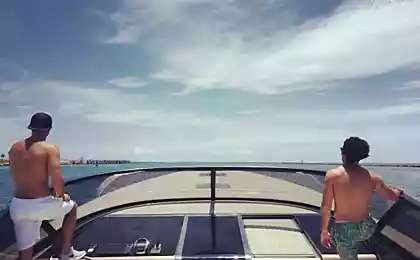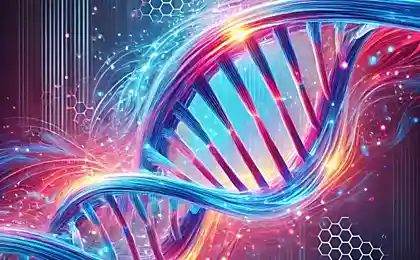494
Scientists said: the Woolly mammoths became extinct because of the colors
Perhaps someone it will seem strange that, despite the large size and cold climate in which they lived, woolly mammoths ate Prairie grass. In reality that's not the weird part. The study of stomach contents and DNA from the frozen soil of the Arctic shows that the megafauna of the ice age fir forb — herbaceous flowering plants that are not grasses.
Moreover, the contents of the intestines of some large animal that lived in this region (mammoths, woolly rhinoceros), have shown that nutritional wild flowers was an important part of the diet of animals.
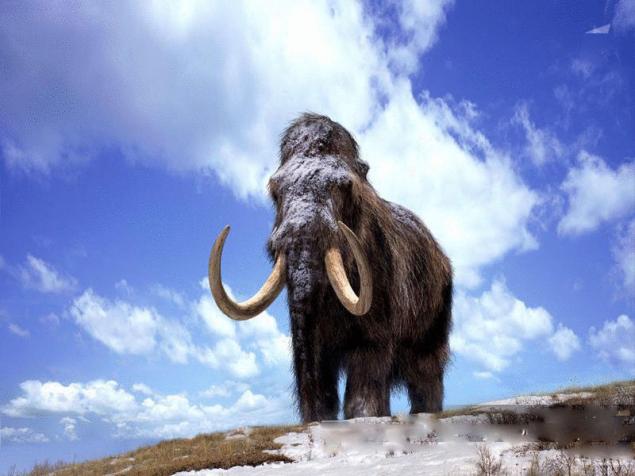
After careful analysis of the DNA of plants that are found in samples of permafrost from the Arctic 200 locations, Eske Willerslev from the University of Copenhagen (Denmark) and other members were able to recover 50 thousand years of history. First, the far North covers a rich forb.
But it was short-lived. "Approximately 20 thousand years ago at the peak of the ice age, began cold and dry, and kind of Forde's decreased, — says Mr. Willerslev. — No, he still dominated the ecosystem, but the diversity wished for the best."
See also: Found one of the ancient tombs of the Mayan ruler
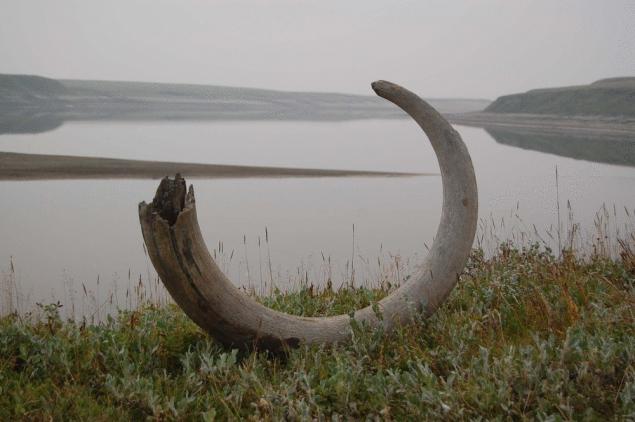
"Killer" came to the end of the ice age, 12 thousand years ago. Grass and shrubs have replaced forb, and at the same time lost megafauna.
The hypothesis can also explain why reindeer were the only big animals of the ice age, preserved to our days. In the summer it eats grasses and sedges, and in winter is stuffed with nutrient-poor lichen. Forde's disappearance went unnoticed by him.
See also: Russians want to clone the woolly mammoth!
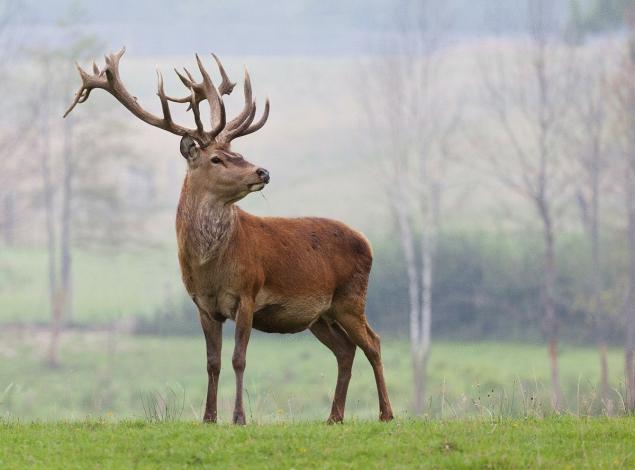
Source: /users/1005
Moreover, the contents of the intestines of some large animal that lived in this region (mammoths, woolly rhinoceros), have shown that nutritional wild flowers was an important part of the diet of animals.

After careful analysis of the DNA of plants that are found in samples of permafrost from the Arctic 200 locations, Eske Willerslev from the University of Copenhagen (Denmark) and other members were able to recover 50 thousand years of history. First, the far North covers a rich forb.
But it was short-lived. "Approximately 20 thousand years ago at the peak of the ice age, began cold and dry, and kind of Forde's decreased, — says Mr. Willerslev. — No, he still dominated the ecosystem, but the diversity wished for the best."
See also: Found one of the ancient tombs of the Mayan ruler

"Killer" came to the end of the ice age, 12 thousand years ago. Grass and shrubs have replaced forb, and at the same time lost megafauna.
The hypothesis can also explain why reindeer were the only big animals of the ice age, preserved to our days. In the summer it eats grasses and sedges, and in winter is stuffed with nutrient-poor lichen. Forde's disappearance went unnoticed by him.
See also: Russians want to clone the woolly mammoth!

Source: /users/1005
Binturong: an unusual beast, with the fifth paw
Scientists have built a generator, producing electricity from change in humidity








